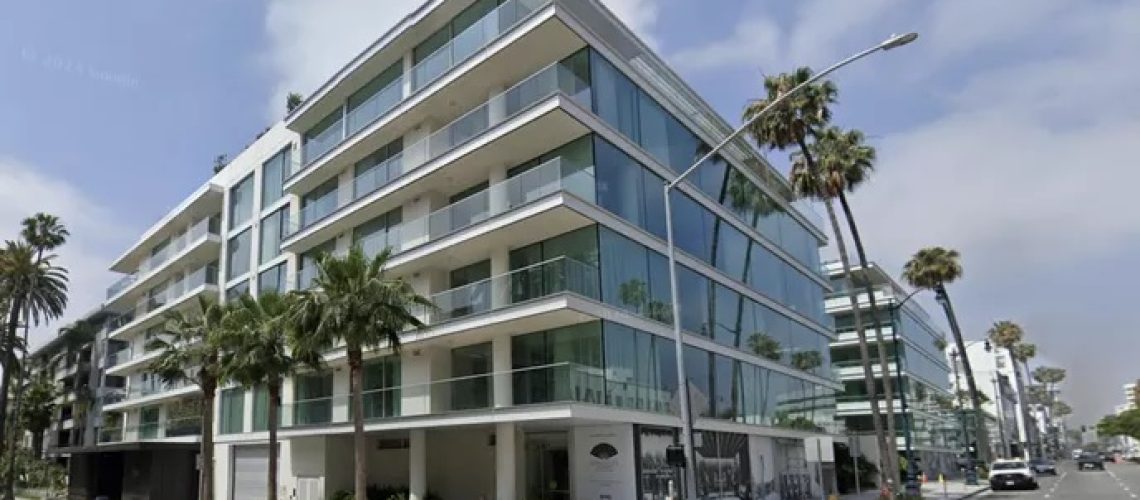Miami Beach, a city that has lost over 10,000 residents in recent years, is considering zoning incentives aimed at encouraging “missing middle” attainable housing and revitalizing key commercial corridors. The ambitious proposals are sponsored by Vice Mayor Alex Fernandez, and Commissioners David Suarez and Joseph Magazine.
Earlier this month, the Miami Beach Land Use and Sustainability Committee, comprised of four city commission members, held its first discussion on zoning changes that could reshape parts of South Beach along Lincoln Road and 17th Street, allowing more residents to live in these areas. Another measure, aimed at Washington Avenue, will head to the Planning Board later this month.
Key elements include:
Washington Avenue
- Height increase from 50 to 75-100 feet
- FAR increases from 2.0 to 3.0
- Density up to 150 units/acre
Lincoln Road and 17th Street
- Height increases varying from 75-150 feet
- FAR increases from 2.5-2.75 to 2.75-3.5
All areas
- Parking requirements would be eliminated
- Projects providing parking limited to 20% of previous requirements
- 1,200 square feet unit maximum
- Ground-level micromobility facilities, including bike/scooter storage and sharing stations
These proposals would be a significant shift in policy for Miami Beach, which has historically been cautious about increasing density, intensity, and building heights. The ideas align with YIMBY (Yes In My Backyard) principles that advocate for more housing construction in urban areas.
These neighborhoods represent an ideal location for reducing parking requirements. Our analysis of census data shows that South Beach (even including the single-family areas) has among the lowest car ownership rates in the state. Nearly 73% of households have zero or one car, which is nearly three times the state average in Florida. Combined with future projects, including planned bus lanes on Washington Avenue, a potential fixed rapid transit link to Downtown Miami, and a growing on-street bicycle/micromobility network, the location is well-suited for these proposals.

The committee agreed to hold a special meeting to further discuss the proposals before potentially voting on recommendations in October. Any approved changes would still need to go through multiple public hearings and win approval from the full city commission.
While some have expressed concerns about increased heights, the reduced parking requirements could result in a smaller building mass and visual impact on the built environment. This potentially reduces the need for such high heights as initially proposed, while still allowing developers to take full advantage of the increased FAR.
Moreover, by eliminating parking requirements, and implementing parking maximums, significant savings could result, as building structured parking can cost upwards of $50,000 per space.
The committee will revisit the Lincoln Road and 17th Street proposals at a special meeting on September 24th. As Miami Beach deals with population loss and housing affordability issues, these proposed zoning changes represent a bold step towards reversing the trend and increasing the vibrancy of the tropical urban island city.

